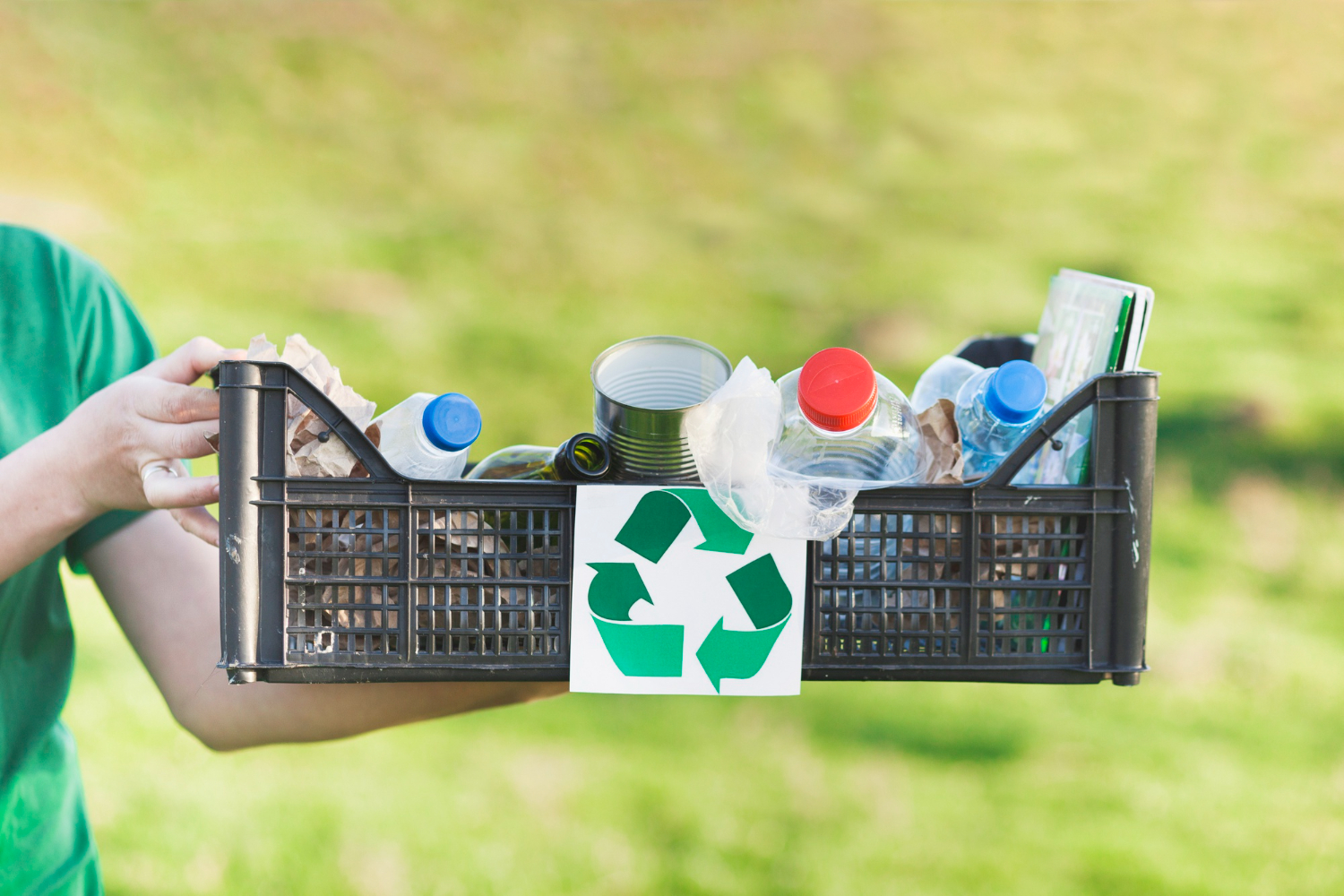
Although necessary for the development of infrastructures, construction projects can produce a significant quantity of trash, including materials, debris, and toxic chemicals. A thorough waste management plan must be developed in order to minimize the harmful effects on the environment and guarantee compliance with regulations. This programme encourages ethical garbage disposal while simultaneously advancing sustainability and cost-effectiveness. The essential processes and factors for creating a successful waste disposal plan for building projects are outlined in this article. Altrincham skip hire in the Altrincham region, this Skip Hire offers cost-effective and dependable waste management solutions that are suitable for residential and business purposes.
A Construction Site Waste Disposal Plan (SWMP) Is What, Exactly?
A strategy for the management, disposal, or recycling of trash generated on a construction site is contained in this written piece. The strategy should take into account the kind and volume of building waste, as well as the facilities and resources that are accessible.
Project Assessment:
Before creating a waste management plan, thoroughly assess the development project. Consider factors such as the project’s size, scope, length, place of residence, and the projected types of resources and waste to be generated. Knowing these facts will make it simpler to modify the timetable to fit the project’s unique needs.
Regulatory Compliance:
Discover the guidelines and standards for managing waste at the municipal, local, regional and federal levels. In order to avoid legal issues and potential fines, it is imperative to abide by these regulations. Consider the necessary permits and approvals required for garbage disposal to ensure your strategy conforms to all applicable laws.
Identification and Classification of Waste:
The numerous waste kinds that will be produced throughout the construction activity should be identified. Sort waste into categories such as recyclables, dangerous materials, materials that are not recyclable and products that can be reused. Implement a system to separate waste at the point of generation so that it may be disposed of and recycled properly.
Waste Reduction Techniques:
Use waste minimization techniques to cut back on overall waste production. This can involve choosing construction techniques that produce less waste and optimizing material acquisition to reduce excess. Additionally, look into the possibility of salvaging and repurposing building components.
Plans For Recycling And Reuse:
Create a precise strategy for material reuse and recycling whenever possible. Establish collaborations for the gathering as well as the processing of materials and identify nearby recycling facilities. Indicate the items that will be recycled as well as the means of delivering those materials to recycling facilities.
Handling Hazardous Waste:
Establish stringent procedures for the secure transportation and disposal of any hazardous materials, such as asbestos fibres, lead, or chemicals, that are part of the project. To safeguard both the wellness and security of employees as well as the environment as a whole, adhere to industry best practices and legal requirements for managing hazardous waste.
Storage and Collection of Waste:
Establish the sites and procedures for the construction site’s garbage collection and storage. Make sure waste containers are securely fastened, appropriately labelled, and leak-proof. To avoid accumulation and associated risks, implement a timetable for frequent waste pickups.
Education and Training:
The waste management strategy and processes should be taught to construction workers and subcontractors. Stress the value of trash separation, recycling, and appropriate disposal techniques. Encourage employees to report any departures from the schedule or waste management-related occurrences.
Reporting and Tracking:
Create a system to monitor and record waste production, recycling rates, and dumping techniques. Inform the project’s participants and regulatory agencies on your progress on a regular basis. Tracking ensures responsibility and identifies areas for development.
Constant Development:
As the construction project advances, review and revise the waste strategy for management frequently. Evaluate the impact of waste minimization techniques and make necessary adjustments. Identify areas for improvement by asking project teams as well as subcontractor for their comments.
Engagement of Stakeholders and Communication:
Keep lines between yourselves open with all parties involved in the project, including suppliers, contractors, third-party vendors, and governing bodies. Discuss the aims and developments of waste management, and take fast action to allay any worries.
Records and Paperwork:
Keep thorough records of all waste management activities, such as waste audits, recycling percentages, and receipts for disposal. These documents demonstrate conformity and can be needed for regulatory reporting.
Final Disposal and Site Cleanup:
Plan for the final disposal of building demolition debris after the project is over, and then clean up the site. Make sure all garbage is recycled or appropriately disposed of in accordance with the waste treatment plan. Clean up the area thoroughly to get rid of any debris or dangers that may still be there.
Final Word
In addition to helping the environment, a well-implemented waste management plan will help your construction project gain a reputation for being both socially and environmentally sensitive.





